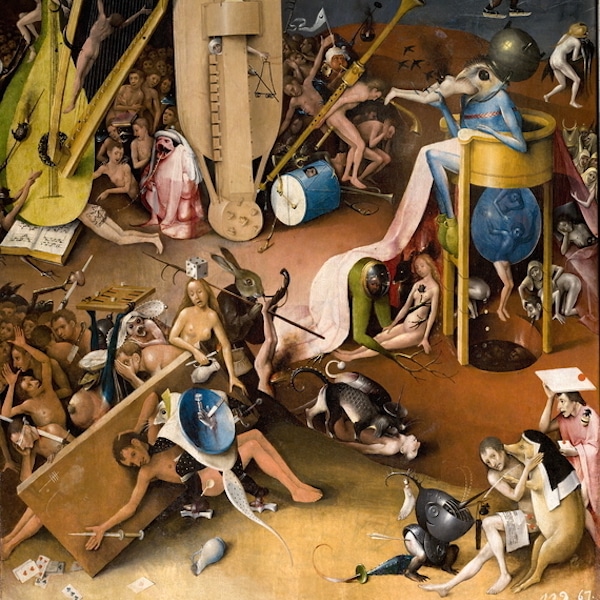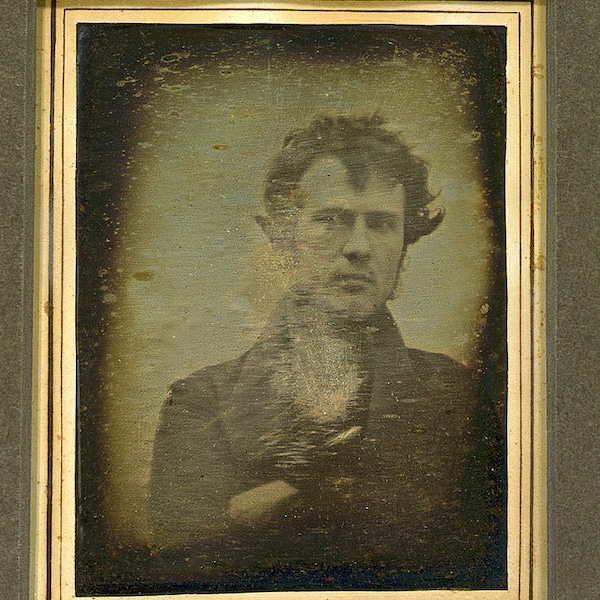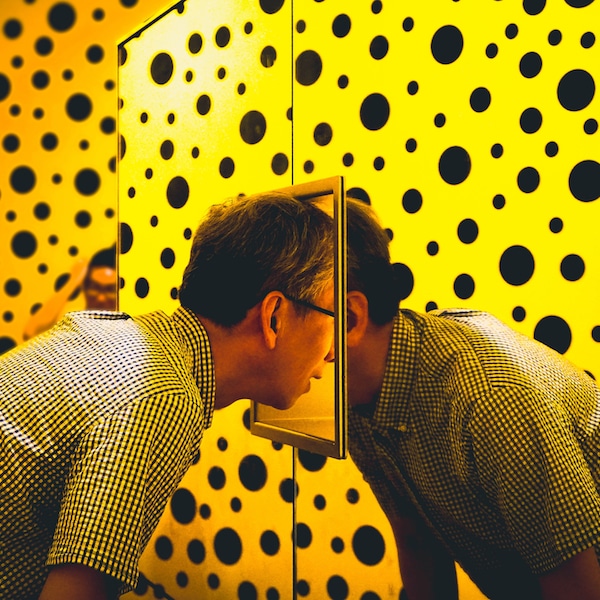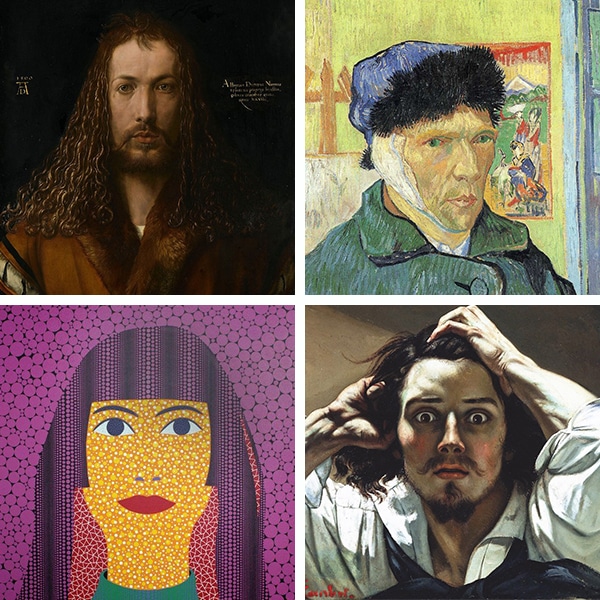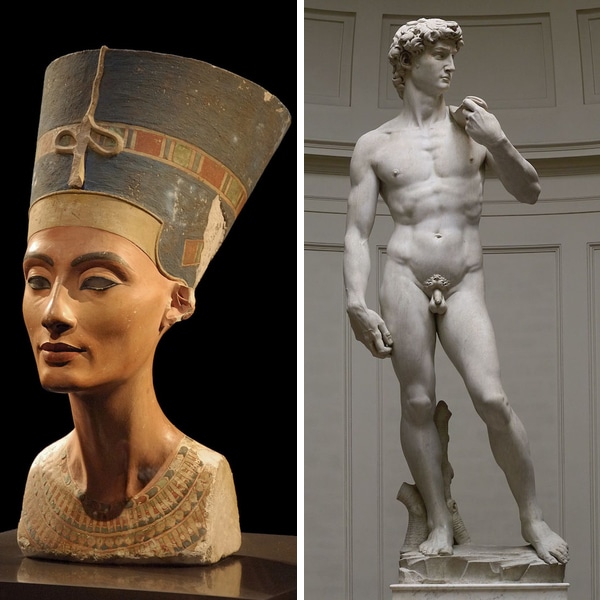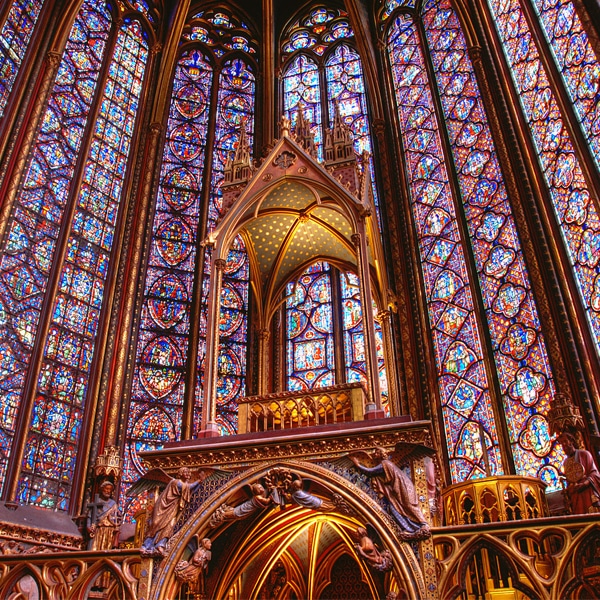
The Baroque period was an art movement defined by an interest in dramatic, awe-inspiring work. One of the artists responsible for creating the key features of this style is Italian creative Caravaggio. A turbulent person and a passionate painter, his art departed from the lingering aesthetics of Renaissance and Mannerist art. Instead, he produced radical paintings with dynamic compositions, intense lighting, and un-idealistic figures.
Raised and trained in Milan, Caravaggio did not flourish as an artist until he moved to Rome. There, his inimitable style caught the eye of several influential patrons and he quickly rose to fame. Even amidst his rising personal success, however, he found strife in violent brawls and fights on the streets. And while Caravaggio's numerous connections managed to shield him from many of the worst consequences, he was ultimately forced to relocate to different cities—finding more commissions wherever he ended up next. By the time of his death at the age of 38, he had created a diverse body of work that would inspire future Baroque artists like Rubens and Rembrandt.
Scroll down to learn more about Caravaggio's life and some of the characteristics of his art.
Who Was Caravaggio?
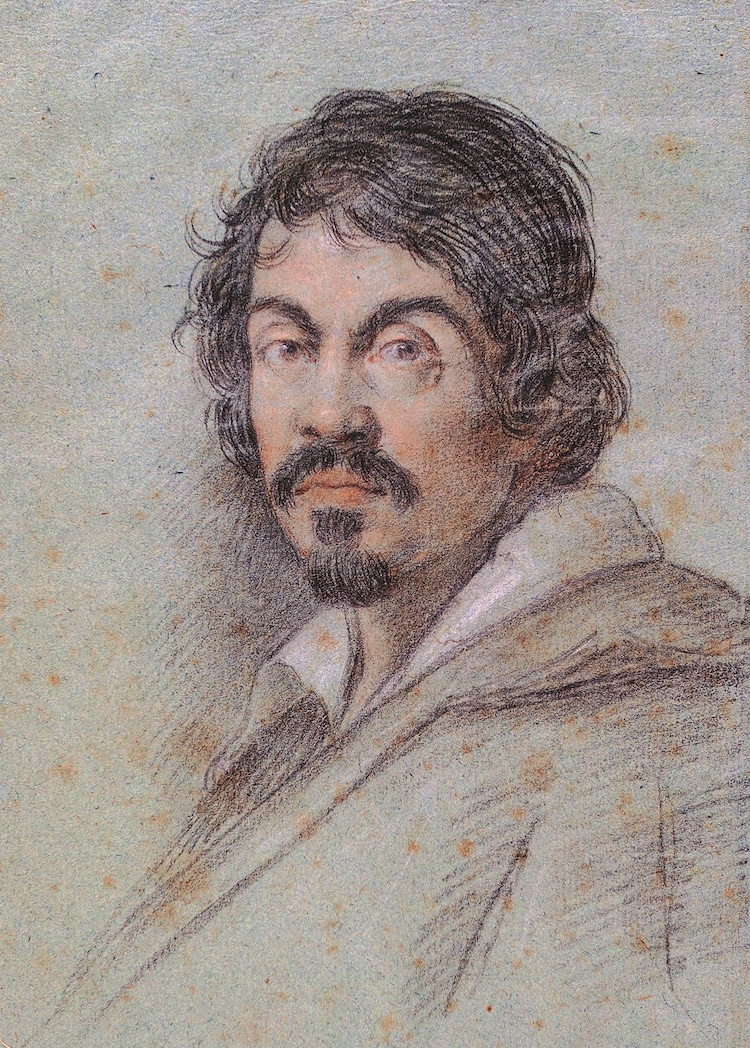
Ottavio Leoni, “Portrait of Caravaggio,” c. 1621 (Photo: Wikimedia Commons, Public domain)
Full Name | Michelangelo Merisi da Caravaggio |
Born | September 29, 1571 (Milan, Italy) |
Died | July 18, 1610 (Porto Ercole, Italy) |
Notable Artwork | David with the Head of Goliath, The Calling of St. Matthew |
Movement | Baroque |
Italian artist Michelangelo Merisi—better known as Caravaggio (1571–1610)—was a prominent 17th-century painter whose dramatic style had a profound impact on Baroque painting. He utilized an intense contrast of light and dark, dynamic action poses, and figures based on real people to create powerful paintings with an intense psychological atmosphere.
Early Life
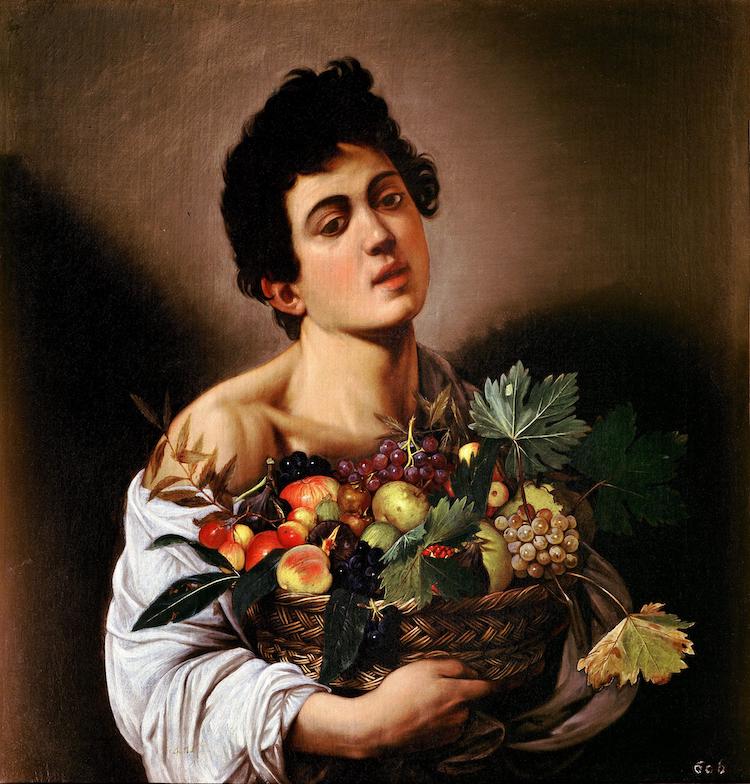
Caravaggio, “Boy with a Basket of Fruit,” c. 1593–1594 (Photo: Wikimedia Commons, Public domain)
Originally from the Milan area, Caravaggio began his artistic training at the age of 13 with a four-year apprenticeship with the artist Simone Peterzano. His turbulent lifestyle caught up with him, and in 1592, Caravaggio had to leave Milan after a street brawl led to him injuring a police officer. He traveled to Rome and began painting flowers and fruit for the popular artist Cesari to support himself.
Ultimately, this relationship also ended with an argument and Caravaggio decided to become an independent artist. Using real models, he began making realistic narratives with a noticeable psychological element to them. Over time, his painting style would change too as he incorporated more visual contrast into his pieces.
Rise to Fame
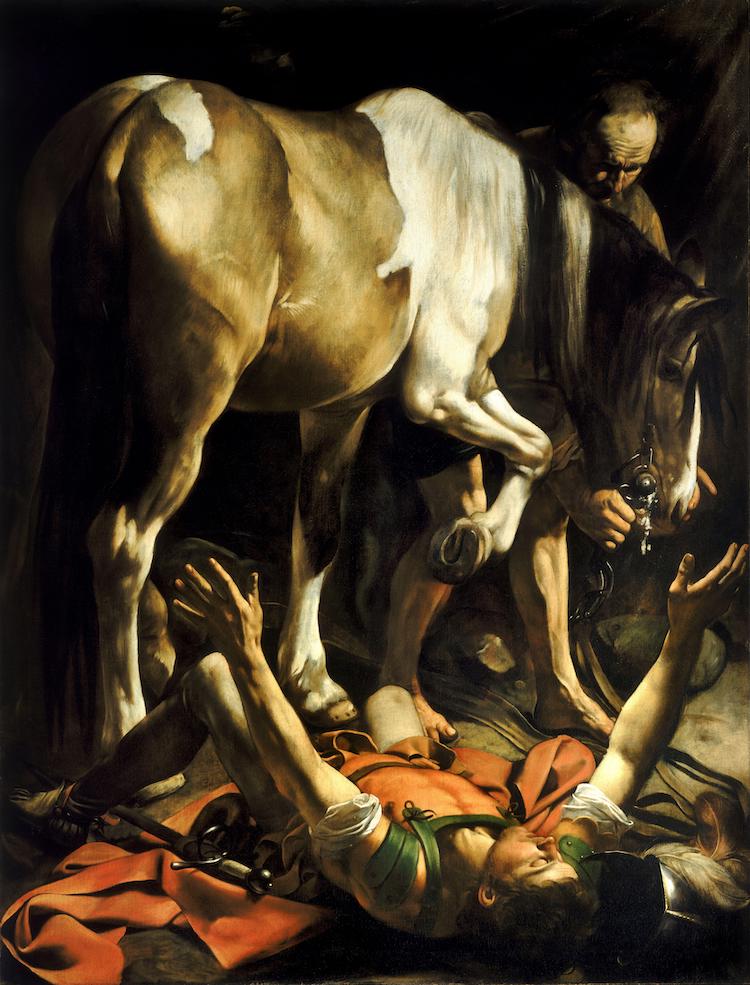
Caravaggio, “Conversion on the Way to Damascus,” c. 1600–1601 (Photo: Wikimedia Commons, Public domain)
Under the patronage of Cardinal Francesco Maria del Monte, who had considerable influence in Rome's art world, Caravaggio's artistic practice began to flourish. He incorporated an intense contrast of light and dark called tenebrism and based his figures on real people. This emphasis on realism was controversial for audiences accustomed to the idealism of Renaissance art like that of Michelangelo. Even so, Del Monte helped Caravaggio secure more commissions, and many young artists were drawn to the vigor of these distinct pieces. In time, Caravaggio became one of the most famous painters in Rome.
7 Characteristics of Caravaggio's Art
Strong Contrast
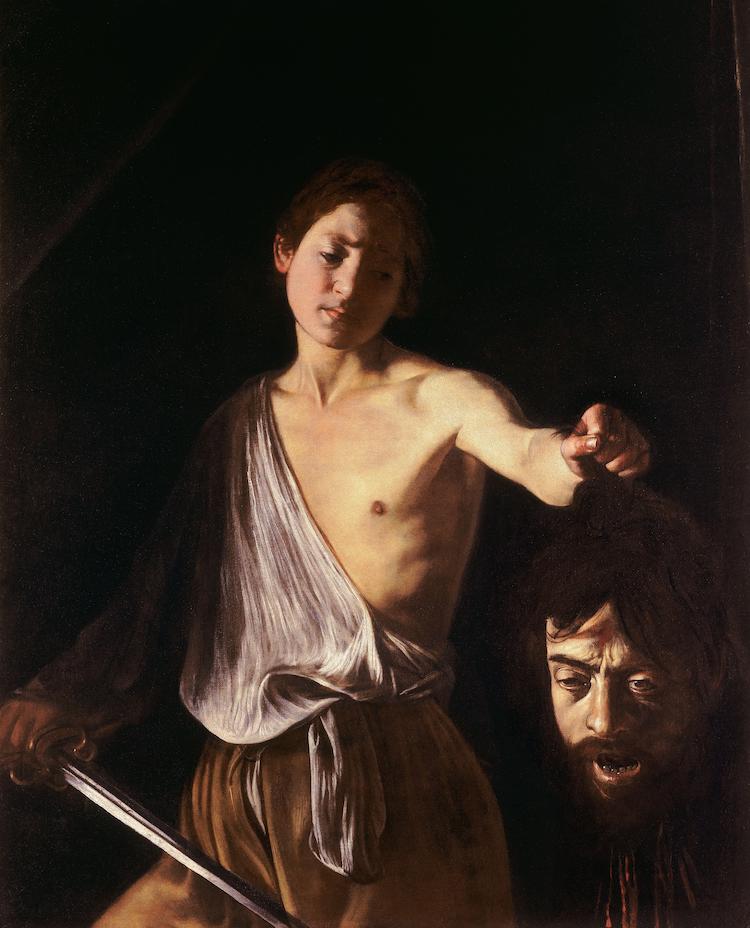
Caravaggio, “David with the Head of Goliath,” 1610 (Photo: Wikimedia Commons, Public domain)
Caravaggio's art is perhaps best known for the intense contrast of light and dark, called tenebrism. As a result, the compositions are immersed in a dramatic ambiance.
Single Light Source
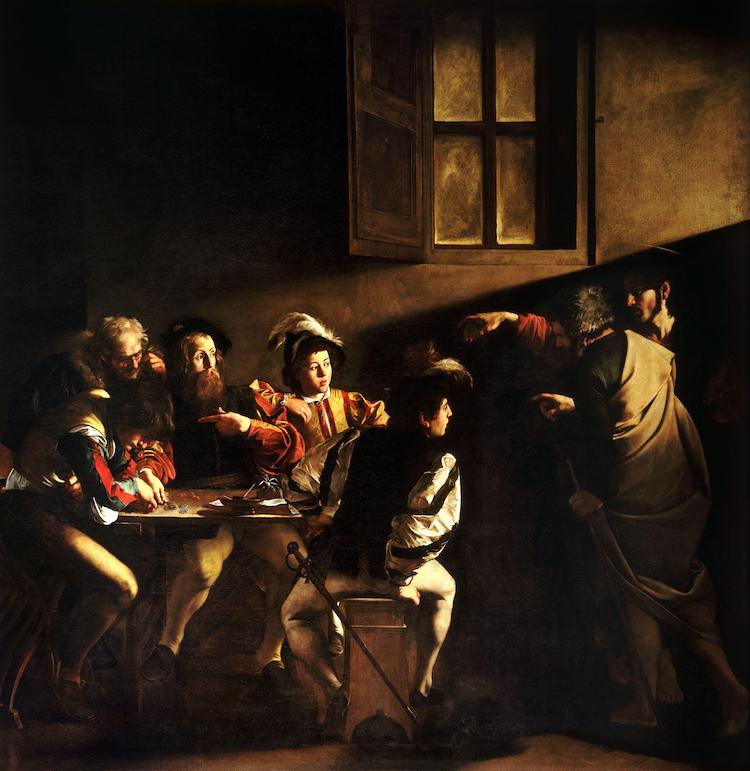
Caravaggio, “The Calling of Saint Matthew,” c. 1599–1600 (Photo: Wikimedia Commons, Public domain)
Interestingly, Caravaggio creates intense contrast in his paintings with a single light source. Usually placed somewhere above the subjects, this light acts as a spotlight, similar to the lighting in a play.
Everyday People as Models
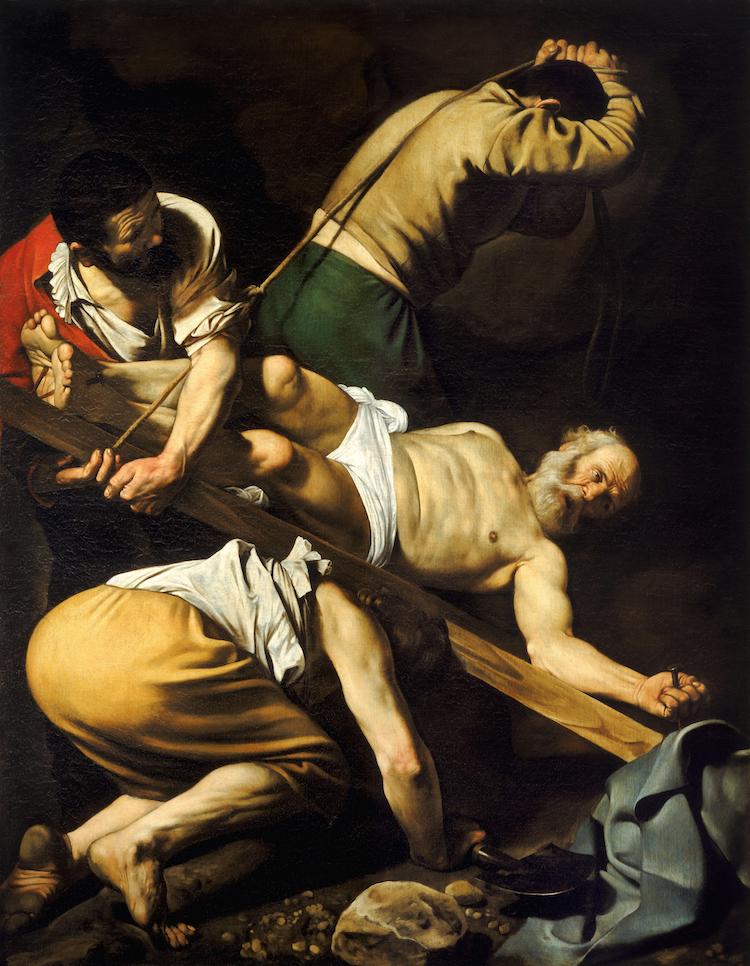
Caravaggio, “Crucifixion of St. Peter,” 1600 (Photo: Wikimedia Commons, Public domain)
Caravaggio was deeply invested in naturalism. With this in mind, he used real people as models for his characters, whether they were biblical or not. This was a fairly radical idea at a time because the Renaissance values were still prominent and people were accustomed to seeing idealized figures in art.
Contemporary Clothing

Caravaggio, “The Cardsharps,” c. 1595 (Photo: Wikimedia Commons, Public domain)
Another characteristic of Caravaggio's art was his inclusion of contemporary clothing. Whether his painting was set in biblical times or not, he dressed his characters in 16th-century costumes, bringing many of these stories into the then-present.
Single Moment in Time
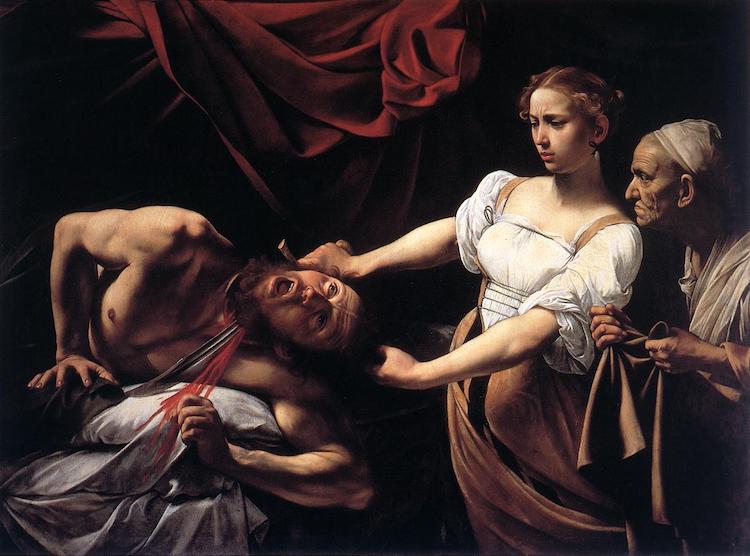
Caravaggio, “Judith Beheading Holofernes,” c. 1598–1599 (Photo: Wikimedia Commons, Public domain)
A master of suspense, Caravaggio's paintings are known for capturing a single moment in time. In many cases, his art looks like a frame in a film, and it is easy to imagine the characters moving before and after the event depicted.
Compressed Space
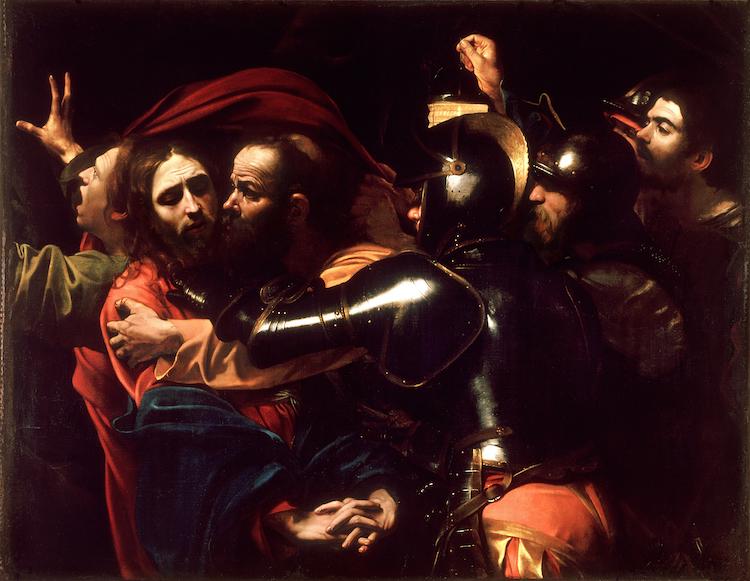
Caravaggio, “The Taking of Christ,” 1602 (Photo: Wikimedia Commons, Public domain)
One way Caravaggio created a sense of tension in his paintings was by placing all of his figures closely together. His paintings do not leave much empty space, which emphasizes the emotional and psychological qualities of the narrative.
Large-Scale
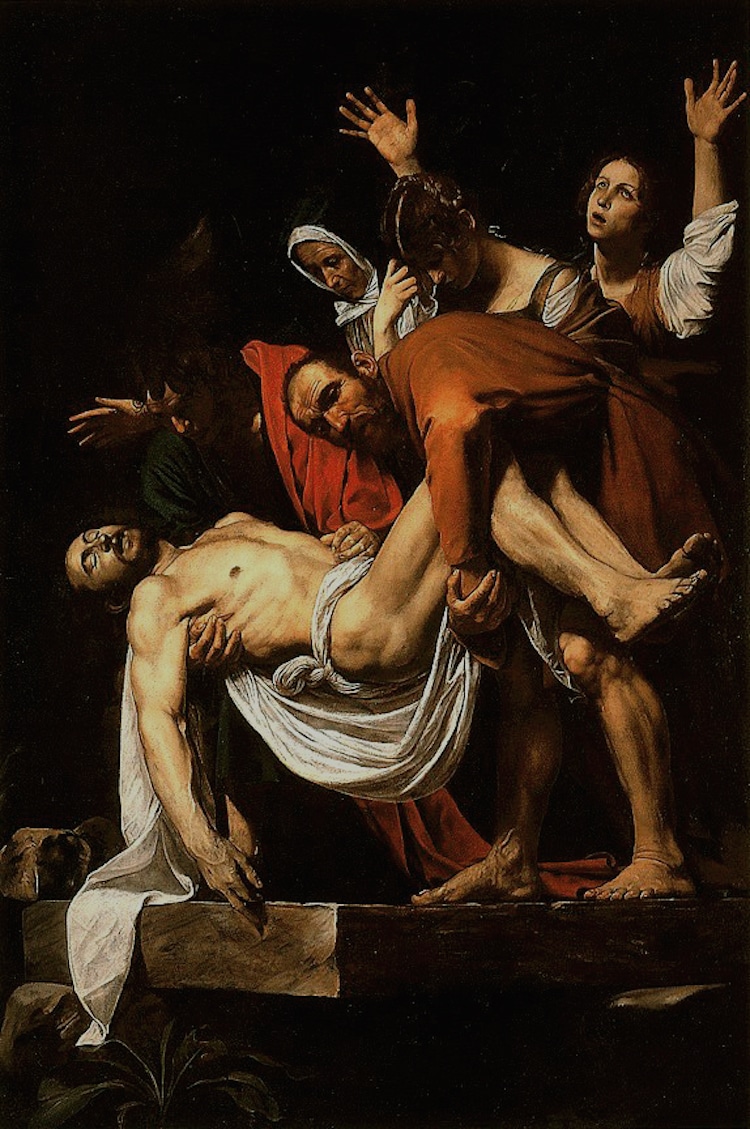
Caravaggio, “The Entombment of Christ,” c. 1602–1603 (Photo: Wikimedia Commons, Public domain)
Although it is hard to understand without seeing his art in person, Caravaggio painted on a large-scale, with many of his figures being life-sized. This was an intentional decision, to fully shock the viewers with the intensity of the paintings.
Late Life
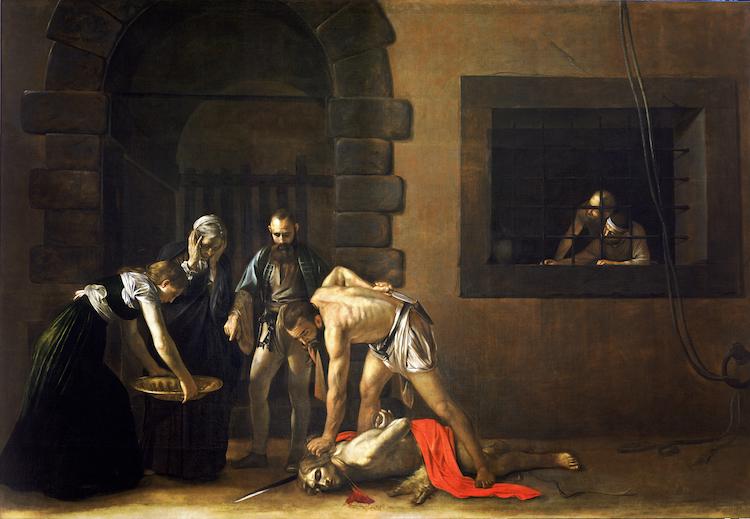
Caravaggio, “The Beheading of Saint John the Baptist,” 1608 (Photo: Wikimedia Commons, Public domain)
Caravaggio's string of influential patrons were able to downplay his violent brawls for most of his life, but after the death of Ranuccio Tommasoni—a man from a wealthy family—he was forced to flee to Naples. He remained there for a couple of months. Caravaggio's reputation as a famous artist carried over, and he received a slew of new commissions. Soon enough, however, Caravaggio changed locations again, this time to Malta. There, he became a painter for the Knights of Saint John before being made a knight himself. Some of his most acclaimed paintings emerged from this period, like The Beheading of Saint John the Baptist. Then, in 1608, one year after he arrived in Malta, Caravaggio was arrested for instigating a fight with another knight and was expelled from the order.
After Malta, Caravaggio moved to Sicily for nine months and then finally returned to Naples. He continued to complete commissions, even as he found more trouble on the streets. David with the Head of Goliath was painted during this time and features Caravaggio's portrait as the decapitated head of Goliath. That same year, in the summer of 1610, Caravaggio traveled to Rome to receive a pardon, and three days later, was reported as dead at the age of 38.
The exact circumstances of Caravaggio's death remain unclear to this day. It is known that he had a fever at the time of his death, but some believe he was injured in a duel or brawl beforehand, perhaps by a group of knights from Malta.
Legacy
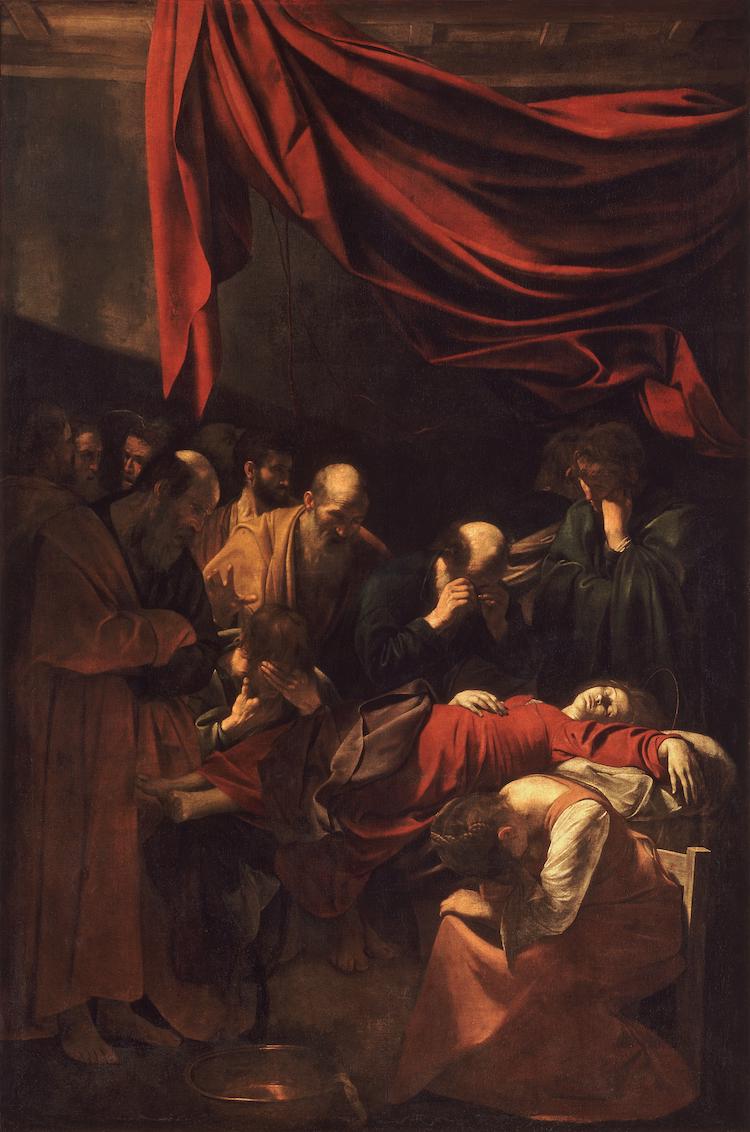
Caravaggio, “Death of the Virgin,” c. 1601–1606 (Photo: Wikimedia Commons, Public domain)
Caravaggio had a profound impact on the style of Baroque painting. His dramatic art inspired the church's interest in awe-inspiring paintings, and directly influenced Baroque artists like Peter Paul Rubens, Gian Lorenzo Bernini, and Rembrandt. Many of his paintings remain in their original locations and can be seen in churches across Rome.
Related Articles:
15 Paintings That Define the Drama of the Baroque Art Movement
11 Great Hispanic Artists Who Shaped Western Culture
How Artists Have Kept Still Life Painting Alive Over Thousands of Years
Learn About Peter Paul Rubens, the Influential Baroque Painter Who Pioneered the Style













































































